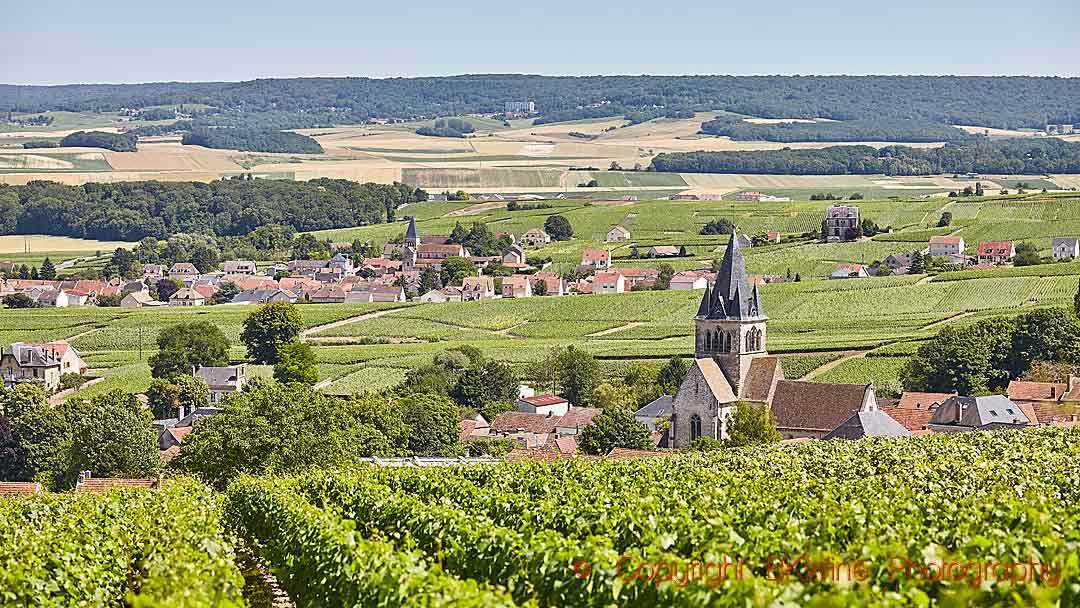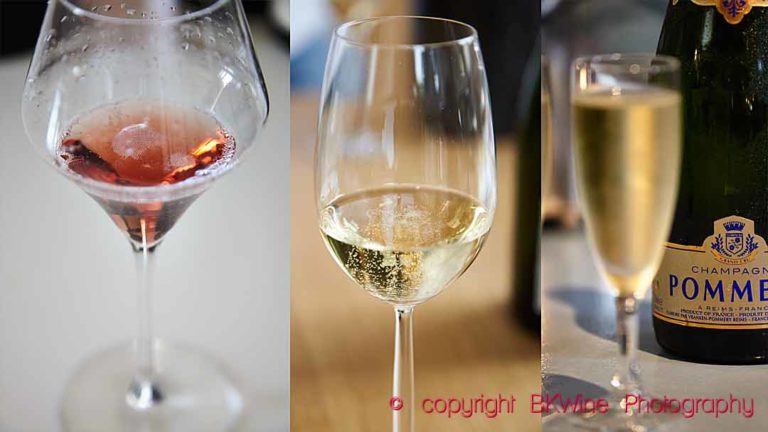How noticeable is climate change in the vineyard? The consequences are already visible and are positive for the quality of the must, says the producer association Comité Champagne (CIVC).
In Champagne, for the past 30 years, the harvest starts earlier, on average 18 days earlier. The temperature has increased by 1.3 degrees C on average compared to the previous 30-year period (1961–1990). The total acidity has decreased by 1.95 grams per litre, and the natural alcohol content has increased by 0.7%. The frost damage has increased slightly even though the number of frosty nights has decreased due to earlier budding.
But Champagne is, of course, aware of the fact that in the end, the consequences will no longer be favourable. Champagne invests heavily in sustainability. In 2003, the region adopted an ambitious climate plan to reduce carbon dioxide emissions by 75% by 2050. You can already see the first results.
The emissions that each champagne bottle accounts for have decreased by 20% in 15 years. Reducing the weight of the champagne bottle, recycling waste, and biomass conversion are among the most important initiatives. The packaging accounts for a third of the entire production process’s emissions in Champagne.
Read more: Champagne Climate Change Adaption.
Travel: Go on a wine tour to Champagne with BKWine.











